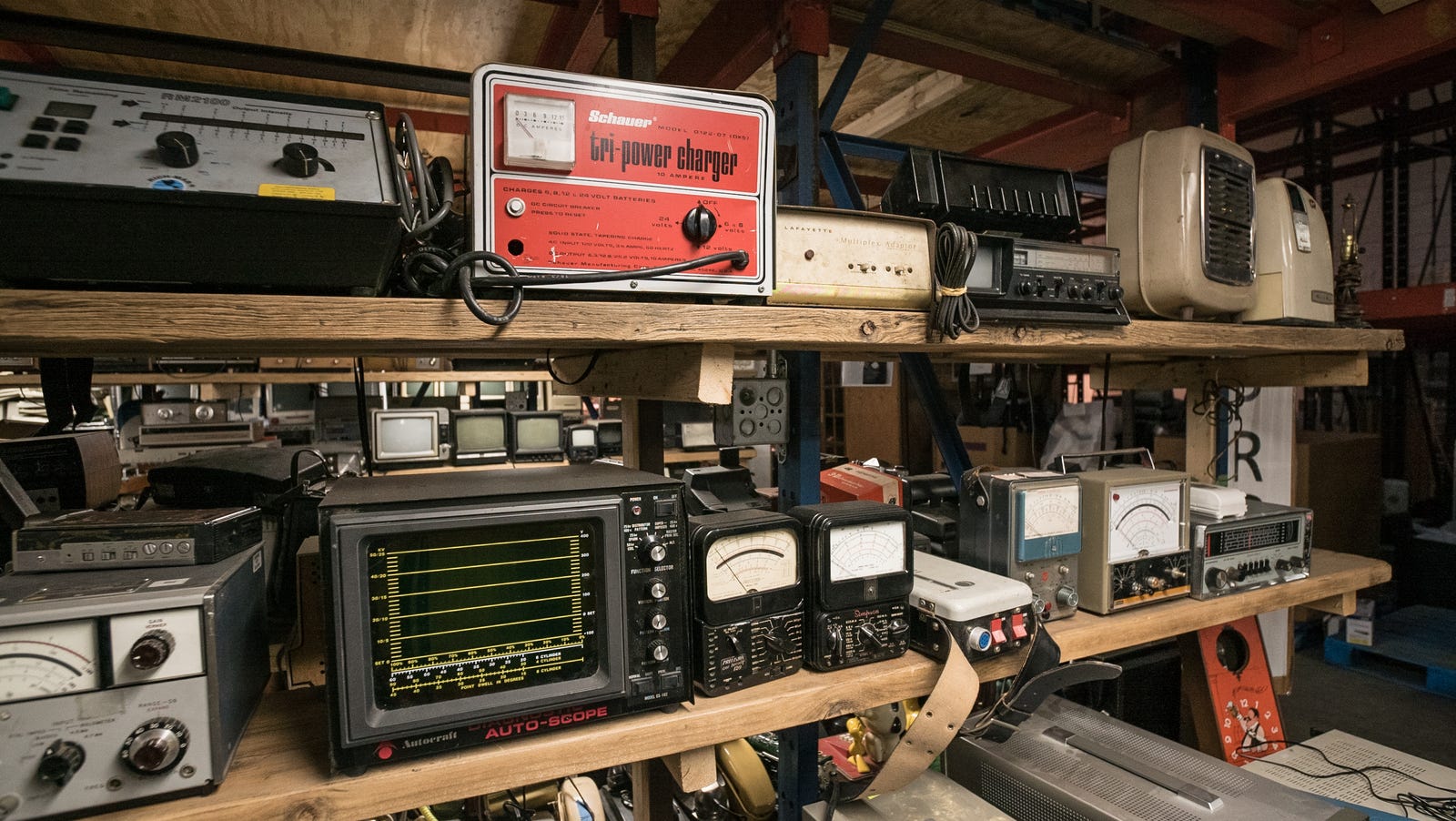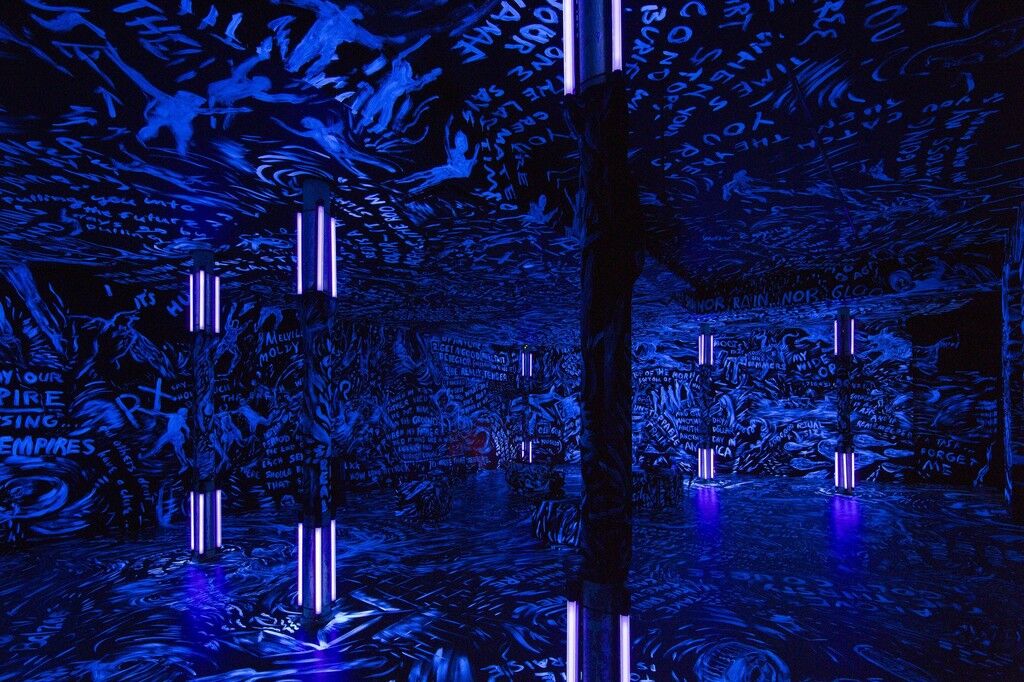The Color Orange: History & Meaning of This Culturally Important Hue
mymodernmet.com: Orange is a color that provokes an immediate reaction. What is it about the color orange that makes it so effective? In some cultures, it’s considered a sacred hue, while in others it’s a symbol of royalty. Bold and dynamic, orange is used to signal danger while at the same time create a sensation of excitement.Where Movies Get Their Vintage Electronics
gizmodo.com: Have you ever watched a show like Mad Men and wondered where they found those early Xerox machines? Or where The Americans got their hands on all the Reagan-era IBMs that you thought would be piled in a landfill? Well, there’s a good chance these historically-accurate gadgets came from a massive warehouse in Brooklyn with a specific mission: to preserve some of the world’s oldest, most cherished electronics.Is It Time for Academy to Honor Stunt Work With Oscars?
Variety: Every movie nominated this year for a best picture Oscar employed a stunt coordinator. Yet not one of these individuals will have the opportunity to receive Academy Award recognition.
The Oscars acknowledge categories ranging across multiple disciplines that support a film’s story and visual dynamics. But the stunt department’s contributions remain unsung. This might be due to misperceptions about what stunt performers actually do these days.Production Notes: Haze Machines
Nevada Film Office: What Are Haze Machines and How Are They Different From Fog Machines?
Haze machines, also known as hazers, are used for creating atmospheric haze, which help make light beams more visible, soften colors, and decrease contrast.8 Artists Pushing the Limits of Digital Effects and VR
Artsy: Artists have long been the pioneers of the digital realm
, pushing its technological, aesthetic, and critical potential. While the net art
of the 1990s was the first to fully embrace and popularize “new media” in an art context, digital image-making hails back to earlier artists like Lynn Hershman Leeson
, who, in the late 1980s, transferred the critical concerns of video art
into a digital reality.
Community, Leadership, Experimentation, Diversity, & Education
Pittsburgh Arts, Regional Theatre, New Work, Producing, Copyright, Labor Unions,
New Products, Coping Skills, J-O-Bs...
Theatre industry news, University & School of Drama Announcements, plus occasional course support for
Carnegie Mellon School of Drama Faculty, Staff, Students, and Alumni.
CMU School of Drama
Sunday, February 24, 2019
NFTRW Weekly Top Five
Here are the top five comment generating posts of the past week:
Subscribe to:
Post Comments (Atom)





No comments:
Post a Comment